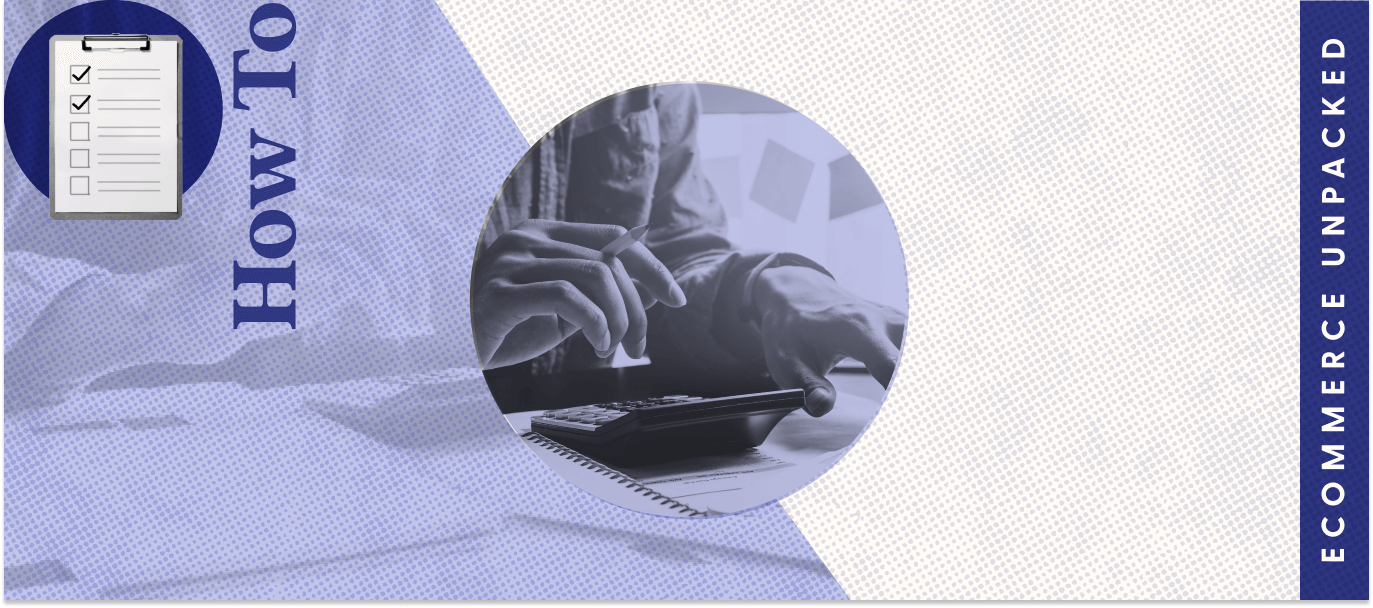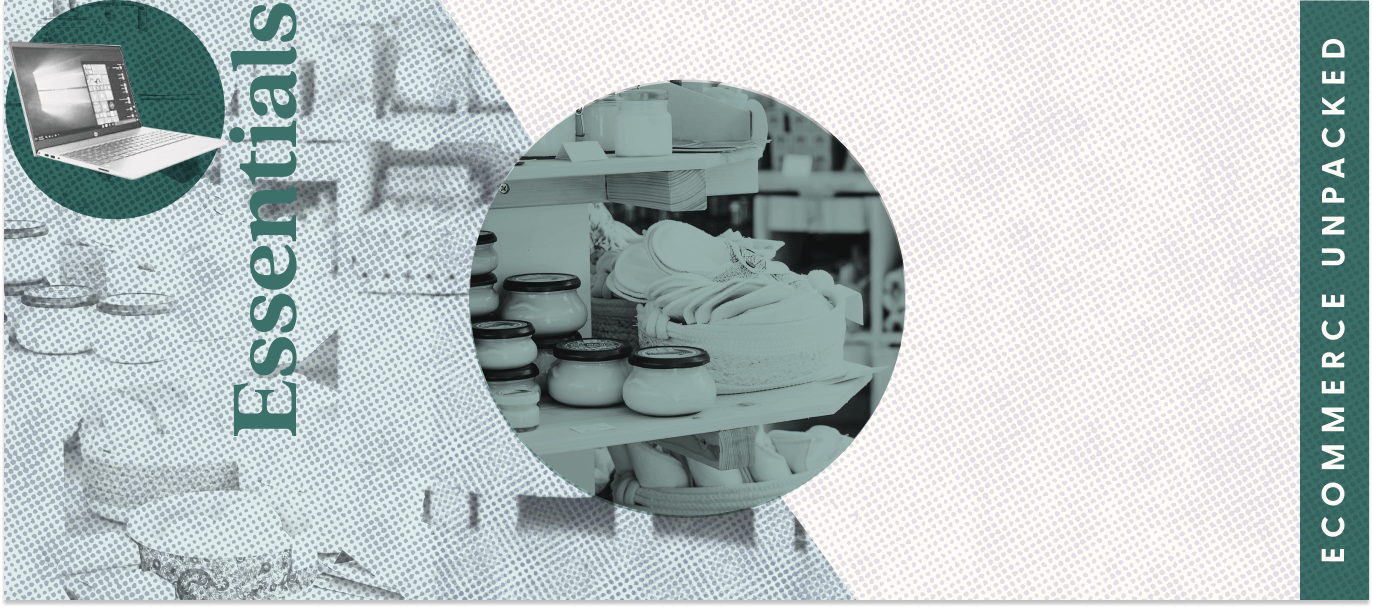For ecommerce businesses, tracking and increasing average order value (AOV) is a powerful way to boost margins, customer satisfaction, and profits. But before you can track this metric, you’ll need to know how to calculate your AOV.
Read on to learn what AOV is, how you can calculate it, and what you can do to increase it.
Key takeaways
- Average order value measures the average amount your customers spend in each transaction with you.
- To calculate AOV, divide your total revenue over a given time period by the number of orders placed in that period.
- Be sure to track your AOV over time to identify trends in your customers’ behavior and hone your strategies effectively.
- Consider tactics like cross-selling, upselling, and product bundling to increase AOV.
What is average order value (AOV)?
The average order value (AOV) metric is a measurement of the average amount buyers spend per order. Of all KPIs in ecommerce, this is one of the most important, and can help guide future business decisions.
A high AOV shows your customers are buying many products or just a few high-priced items, resulting in greater value per transaction. Data like this can help inform your marketing and pricing strategies, as well as your approach to product development.
It’s crucial to not only track your overall AOV, but also your increases and decreases in AOV to determine trends and patterns in customer behavior. For example, if your AOV decreases during certain seasonal periods, you can incentivize customers to spend more per order during those times with an offer of free shipping when they meet a certain order minimum .
How to calculate AOV
To calculate AOV, divide revenue by your total number of orders over a set period of time. Here’s a quick formula you can use:
Remember: For this formula, you must set a period of time that’s meaningful for your customer base, and track the total number of orders completed within this time frame.
AOV calculator options
In addition to formulas, you can use online calculators to determine your AOV and sometimes even track it in real-time. Ecommerce websites like Shopify include these calculators in their merchant-facing tools. You can also find online AOV simulators that calculate this figure for you by comparing the total number of orders to the total revenue spent in your online stores.
Tips to increase AOV
By strategically increasing your AOV, you can get more value out of each customer transaction. Now, let’s dive into some key tactics for increasing AOV for your ecommerce store.
Cross-selling & upselling
Product recommendations can represent up to 30% of your ecommerce sales, according to BusinessTech Weekly. If you’re hoping to increase your AOV, look for ways to push your customers to buy what you want them to buy.
Cross-selling and upselling are two key ways to incorporate product recommendations into your marketing strategy:
- Cross-selling: Encourage your customer to buy an item closely related to one already in their shopping cart. With cross-selling, your customers are adding an item onto their original purchase to increase the value of the transaction.
- Upselling: Convince your customer to upgrade to a bigger, better, and more expensive version of the item they intended to purchase. You could add features (like two cameras on a phone instead of one) or functions (like a coffee maker that can also brew tea).
With both cross-selling and upselling, it’s important to personalize your recommendations. To position your brand as a trusted resource, your suggestions must be tailored to your customers’ interests.
Product bundling
Entice customers to buy curated assortments of items—also known as product bundles—instead of buying each item individually. You can do this for multiples of the same item, providing a volume discount to entice customers.
You can also curate bundles of products you sell that pair well together, like a computer with a keyboard, saving your customers time and potentially money by taking advantage of the bundle. Another popular bundling strategy is offering customers the ability to build their own product bundle so they get the exact items they want in their order.
When product bundling, be sure to monitor and track your cart abandonment and conversion rates, and note if customers ditch the bundle without buying. If so, you may need to offer a deeper discount on the package or vary the products you pair together in the bundle.
Boost your ecommerce store’s AOV
A higher AOV can mean bigger profits for your company. What’s more, the strategies you use to increase your AOV may also lead to better customer experiences that retain your customers for longer and lead to higher levels of customer satisfaction and brand loyalty.
Knowing your AOV can also help you improve your marketing and customer retention strategies.To create lasting improvements over time, be sure to tailor your strategies to your unique customer base and products, track your metrics over time to identify patterns, and make adjustments accordingly as needed.
FAQs on calculating AOV
Why is AOV important?
Average order value (AOV) is a measurement of how much consumers spend per order, on average. Increasing this figure is an effective way to ensure that you make the most out of each transaction.
What is the difference between average order value and annual contract value?
Annual contract value measures how much a consumer spends each year on a multi-year contract. Average order value measures how much consumers spend in each visit to an online store during a specified time.
Sources
[1] Average Value of Online Shopping Orders Worldwide from Second Quarter 2020 to Second Quarter 2022 by Traffic Source (Statista)
[2] How to Increase AOV and Propel Your Ecommerce Profits: 4 Masterful Examples (StableWP)
[3] Boost Your eCommerce Sales: Why Are Upselling and Cross-Selling Vital for Your Ecommerce Business (Business Tech Weekly)
[4] 51 Incredible Customer Loyalty Statistics (Exploding Topics)



